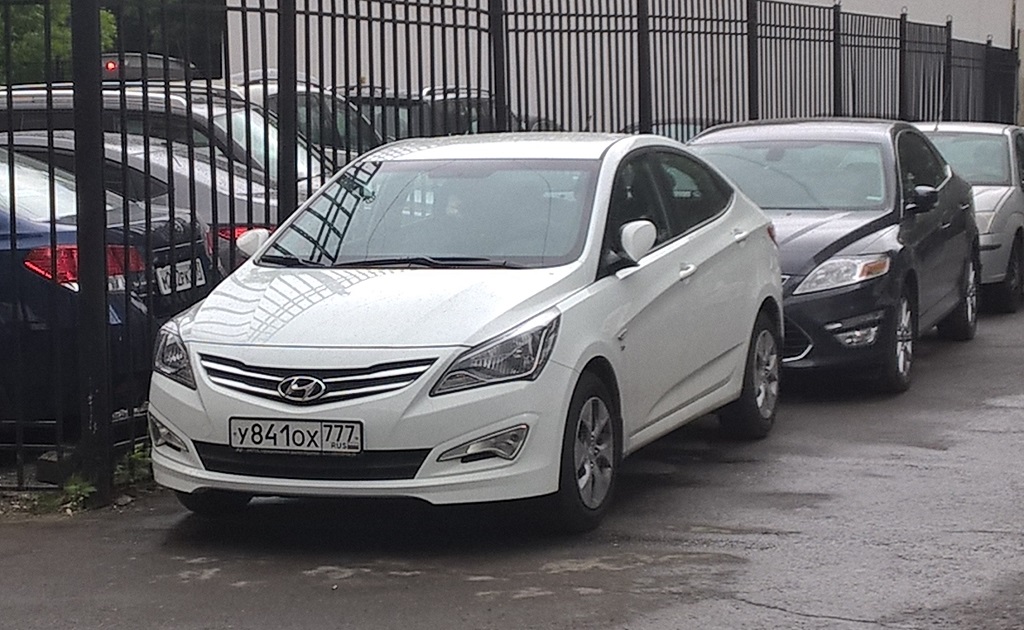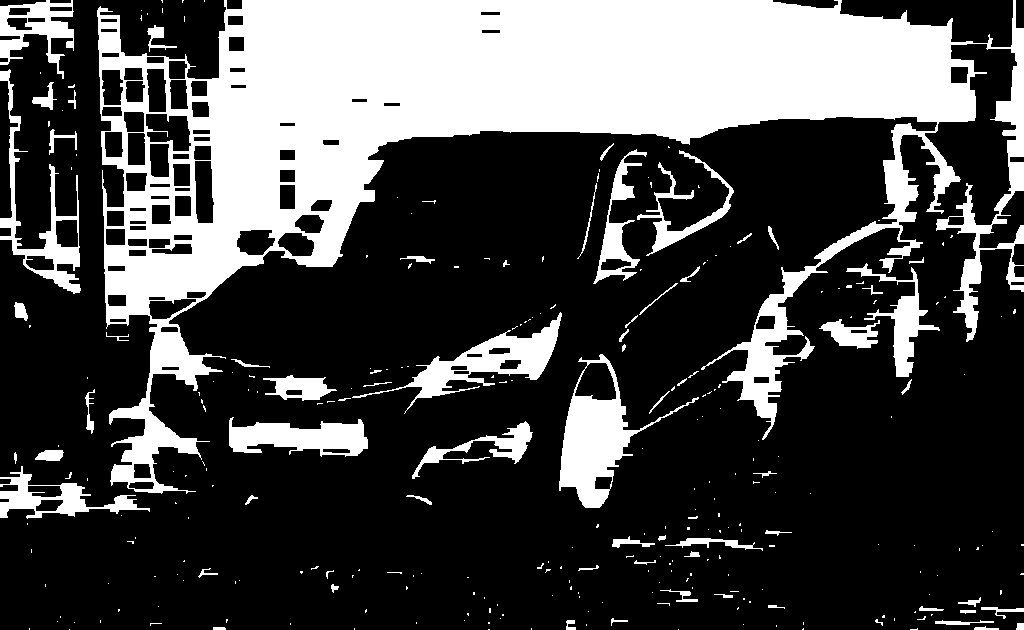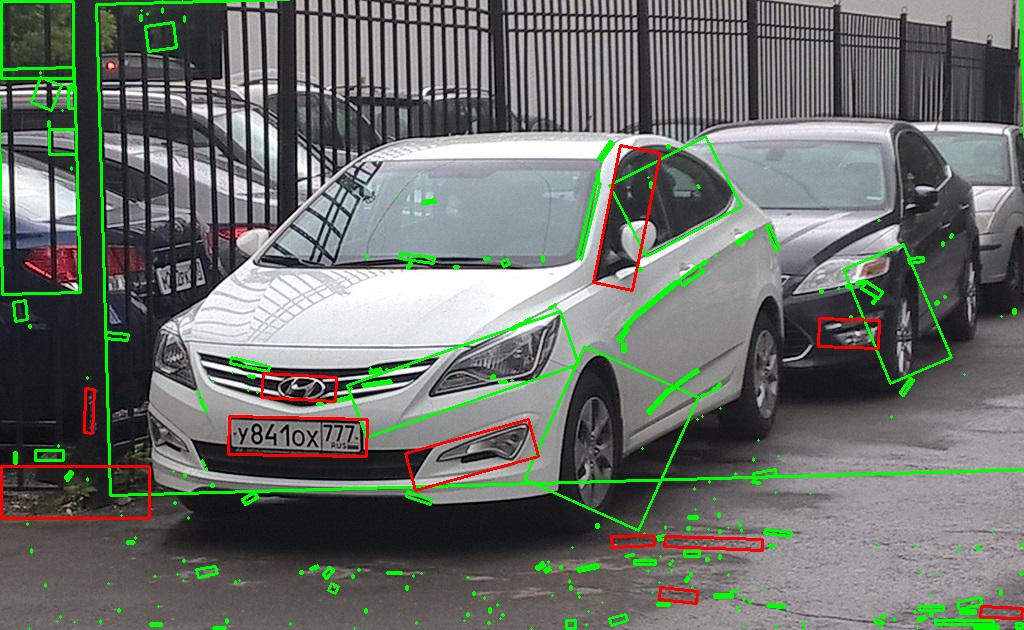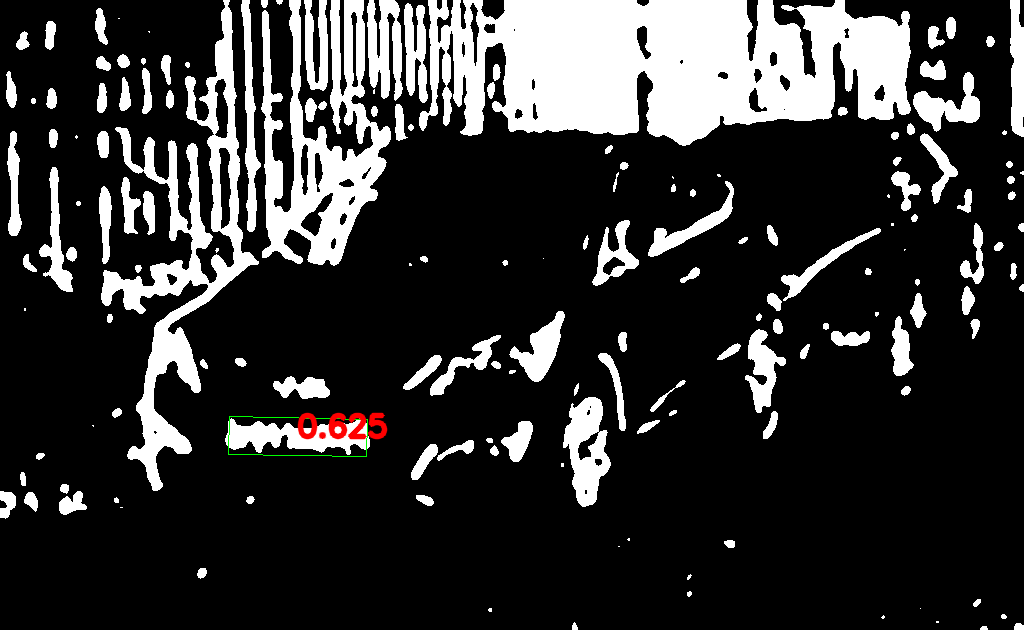I'm trying to develop simple PC application for license plate recognition (Java + OpenCV + Tess4j). Images aren't really good (in further they will be good). I want to preprocess image for tesseract, and I'm stuck on detection of license plate (rectangle detection).
My steps:
1) Source Image
Mat img = new Mat();
img = Imgcodecs.imread("sample_photo.jpg");
Imgcodecs.imwrite("preprocess/True_Image.png", img);
2) Gray Scale
Mat imgGray = new Mat();
Imgproc.cvtColor(img, imgGray, Imgproc.COLOR_BGR2GRAY);
Imgcodecs.imwrite("preprocess/Gray.png", imgGray);
3) Gaussian Blur
Mat imgGaussianBlur = new Mat();
Imgproc.GaussianBlur(imgGray,imgGaussianBlur,new Size(3, 3),0);
Imgcodecs.imwrite("preprocess/gaussian_blur.png", imgGaussianBlur);
4) Adaptive Threshold
Mat imgAdaptiveThreshold = new Mat();
Imgproc.adaptiveThreshold(imgGaussianBlur, imgAdaptiveThreshold, 255, CV_ADAPTIVE_THRESH_MEAN_C ,CV_THRESH_BINARY, 99, 4);
Imgcodecs.imwrite("preprocess/adaptive_threshold.png", imgAdaptiveThreshold);
Here should be 5th step, which is detection of plate region (probably even without deskewing for now).
I croped needed region from image (after 4th step) with Paint, and got:
Then I did OCR (via tesseract, tess4j):
File imageFile = new File("preprocess/adaptive_threshold_AFTER_PAINT.png");
ITesseract instance = new Tesseract();
instance.setLanguage("eng");
instance.setTessVariable("tessedit_char_whitelist", "acekopxyABCEHKMOPTXY0123456789");
String result = instance.doOCR(imageFile);
System.out.println(result);
and got (good enough?) result - "Y841ox EH" (almost true)
How can I detect and crop plate region after 4th step? Have I to make some changes (improvements) in 1-4 steps? Would like to see some example implemented via Java + OpenCV (not JavaCV).
Thanks in advance.
EDIT (thanks to @Abdul Fatir's answer)
Well, I provide working (for me atleast) code sample (Netbeans+Java+OpenCV+Tess4j) for those who interested in this question. Code is not the best, but I made it just for studying.
http://pastebin.com/H46wuXWn (do not forget to put tessdata folder into your project folder)





